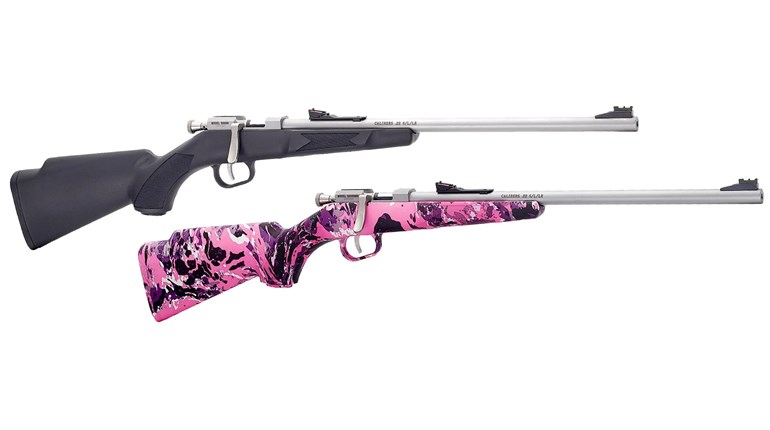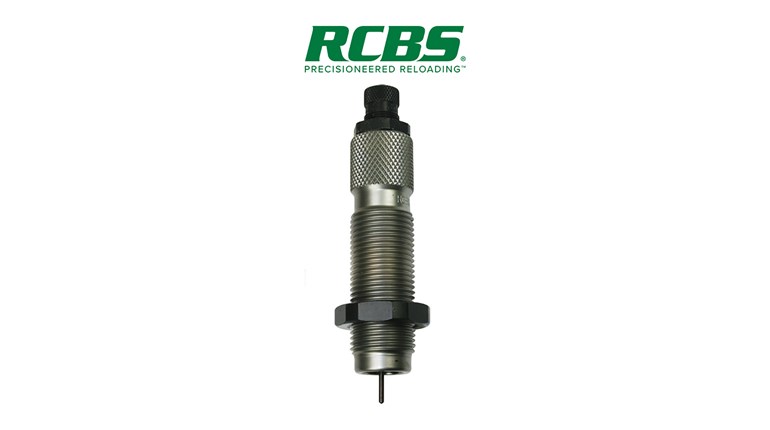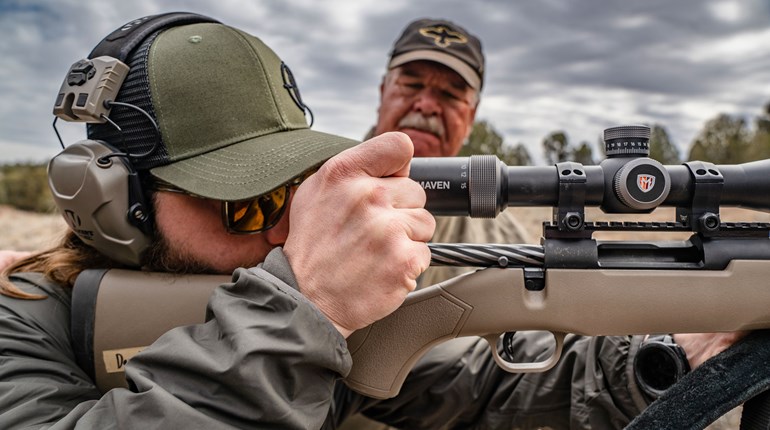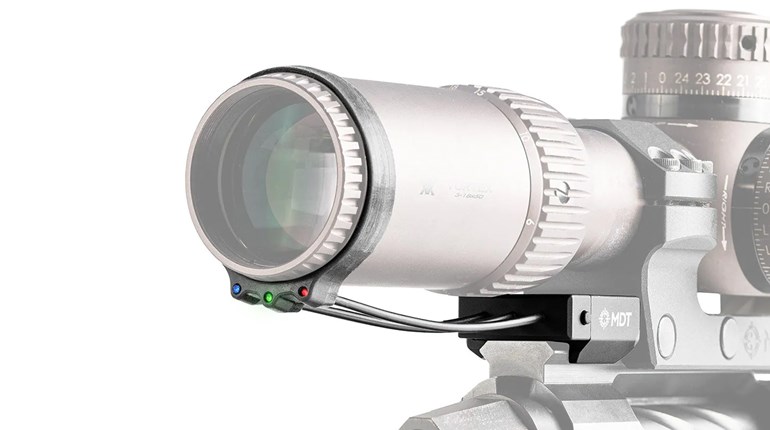
There’s no disputing the track record of the 9mm cartridge as the most widely adopted personal-defense round of the last century-and-a-quarter. It was, however, excluded from certain segments of the marketplace by the harsh laws of physics.
The 9mm round, which derived from Borchardt’s 7.65x25mm pistol round--and which, after several developments, eventually became the pre-eminent pistol and submachine gun round of the Second World War--operates at relatively high chamber pressures. While there were plenty of blowback-operated submachine guns (and even the somewhat odd duck Astra 600 blowback pistol) blowback operation relies on only two things to keep the breech closed until the projectile exits the barrel and allows chamber pressures to fall to safe levels before the spent case is ejected. The first is the inertia, or mass, of the slide itself, and the second is the weight or strength of the recoil spring. The smaller and lighter the slide is, the heavier the recoil spring must be, until you get to tiny little pocket guns that would require a recoil spring so heavy that you’d need to be a superhero to be able to cycle the slide against spring tension.
The Micro 9mm Hits A Wall
In a Browning-pattern tilting barrel short recoil pistol, this is mitigated somewhat by the mechanical disadvantage the recoiling slide must overcome to cam the barrel down out of the locked position. This helps, but it’s not a “Get out of physics free” card. For years it was generally accepted that the minimum barrel length for a reliable tilting-barrel recoil operated pistol in longer cartridges like .45 ACP and .38 Super was about 4.25 inches. It was possible to cheat this a little shorter, down to the 3.5-4 inch range by using a cartridge with a shorter overall length, like 9mm.
As concealed-carry became more widespread in the 1990s, demand increased for an easily concealable 9mm pistol, and manufacturers like Kahr and Glock began marketing tiny little recoil-operated 9mm pistols with barrels shorter than 3.5 inches. How was this possible, in light of the barrel length limits we’d just discussed?
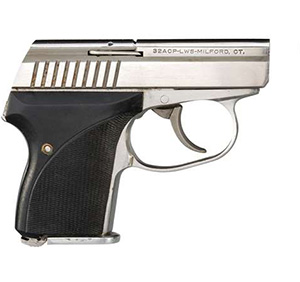
The answer lies in a patent filed by Lueder Seecamp of L.W. Seecamp and registered in 1980 for a “telescoping return-spring assembly for semi-automatic handguns”. In this setup, rather than using a single gonzo-strong recoil spring, there’s an inner spring and outer spring on the same rod, working together. These hold the slide locked shut long enough that the round can exit the barrel prior to unlocking, resist excessive battering of the frame, and still allow the slide to be cycled by normal humans who haven’t been mutated into green superheroes by gamma radiation exposure.
Springs Within Springs
For an illustration of the differences, one can simply look at the differences between the recoil spring assemblies of a 4-inch barreled Glock G19 and the 3.4-inch barrel of Glock G26, or between a Colt Commander and Colt Officer’s model. In fact, nested recoil springs are what made the launch of the Colt Officer’s model even possible. Up to that point, .45 ACP subcompacts were mostly restricted to hand-built rarities from custom gunsmiths. For an interesting illustration, if you can find ones to take apart, a Smith & Wesson 3913 and a CS9 are interesting examples. Smith & Wesson released the CS9 before the Seecamp patent had expired and, not wanting to pay licensing fees, basically reverse-engineered the Seecamp mechanism, inserting a small spring and “shock absorber” type rod inside the larger, hollow main guide rod.
These days, with the patents long expired, there’s nothing unusual about the double-nested recoil spring assemblies, and they’re found on nearly every locked-breech subcompact that uses the Browning recoil system in any service caliber. For their time, though, they were an innovative and game-changing technology.
So when you strap on that G26 or VP9 compact for your daily carry, you can thank L.W. Seecamp for the innovation that made it possible.




























